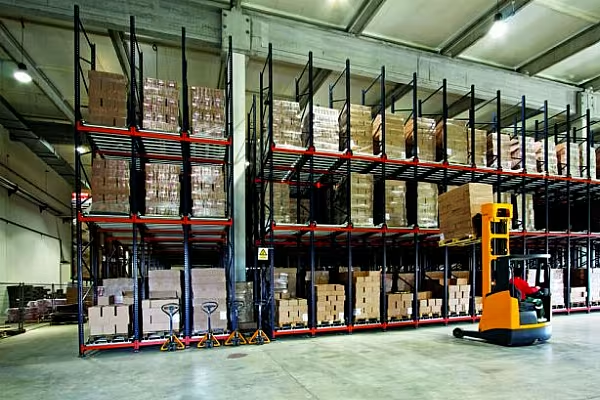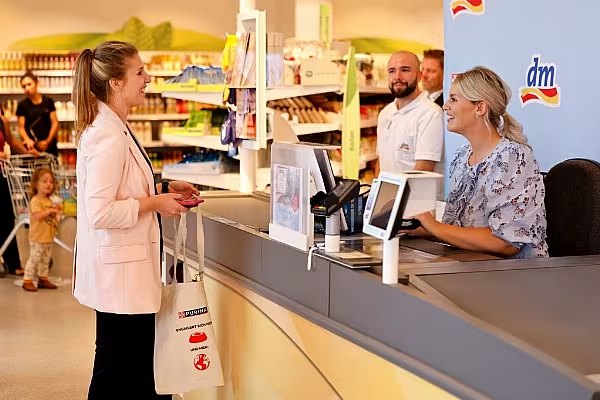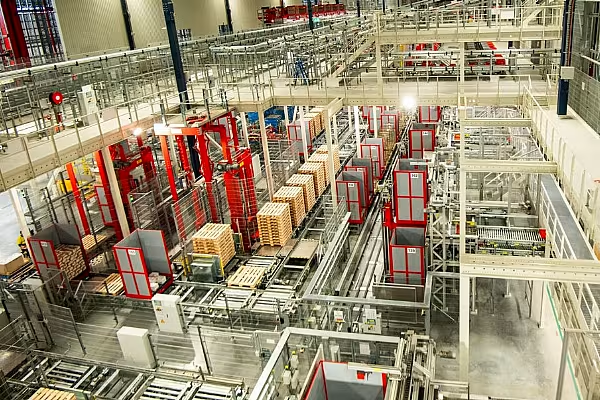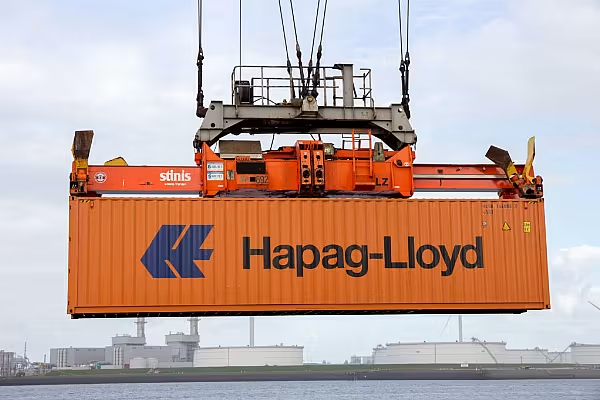A new report by Colliers International has made six predictions for the retail logistics sector in Europe for the years ahead.
Colliers' inaugural European Retail & Logistics Insights: From Sheds to Shelves report predicts that multi-storey warehouses, deep-sea ports and fewer, bigger shops will make up the future of retail, as millions more shoppers head online around the world.
The report states that with 'spare logistics space in European cities at an all-time low and growth in online shopping at an all-time high, massive warehouse space has become a crucial part of supporting modern life'.
"We’ve seen seismic change in consumer behaviour collide with the biggest recession on record, and the market is now playing catch-up," said Damian Harrington, head of EMEA research at Colliers International.
The report has highlighted six key predictions for the years ahead:
High-street facelifts: While the very worst-hit high streets will die off, many regional and subregional centres will be revamped with cafes and leisure outlets, parcel collection points and shared workspaces filling vacant shops. High streets across Europe weren’t hit as badly as those in Britain during the recession, largely because of Europe’s differing shopping habits and reduced oversupply of space. Just as major retailers are now content to be in just 50 locations rather than 200, new chains are filling vacant spots.
Super-sized warehouses: Soaring land costs means that developers will find more floor space on a site by building upwards. Prime warehouse assets have enjoyed significant yield compression in recent years. Being able to store closer to people’s homes could streamline deliveries further and allow retailers to better use their supply chains and retail outlets as pickup locations.
Deep-water ports: Container vessels hold more than 25 times as much cargo compared with 1970, and ports have had to evolve to make room. Global logistics and shipping industries have evolved to capture and facilitate growth in trade. This is why deep-water ports are now a necessity. Their emergence across Europe has seen trade through the Mediterranean soar as new shipping routes have grown. The Continent remains far more fragmented than Asia.
Digital urbanites unite and take over: Research shows that urban-based, digitally-literate consumers will dominate countries’ populations over the next two decades, having a profound impact on how retail is shaped and delivered. While Europe itself will see comparatively modest growth, a surge across China and India will create huge opportunities for existing retailers, who have the benefit of established infrastructure and brands that often attract emerging-market consumers.
Drones could stay grounded: Despite the buzz around drone deliveries, current airspace regulations could keep drones grounded. Instead, retailers could make better use of existing last-mile delivery methods – and then there’s the cost. While paid services like Amazon Prime offer free delivery, they often only do so on costlier products. Although time-conscious consumers want everything tomorrow, some may begin to wait a little longer for less-urgent items if they realise just how much they can save.
Showrooming pays: 'Showrooming' is jargon for when shoppers look but don’t buy, or snap a product up online instead. This has been one of the drivers for companies reducing retail space and shifting capacity to more cheaply priced warehouses, which can deliver straight to people’s homes. However, smarter retailers will use technology – such as augmented reality, 3D printing and biometrics – to turn more of a profit from the theatre of real-world retail. Offering unique experiences, bespoke products and additional offers can help build balance sheets and brand value.
© 2015 European Supermarket Magazine – your source for the latest retail news. Article by Andrew Jennings. To subscribe to ESM: The European Supermarket Magazine, click here.














